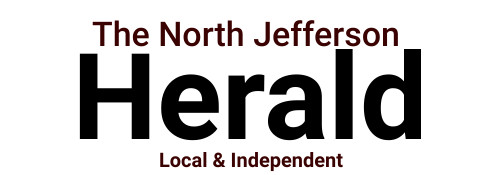
Josh Moody: The Home Loan Process Start to Finish
I'm new to the home buying process but am looking at purchasing my first home. What exactly happens from start to finish during a loan transaction?
Great question. It's very important to know the different steps of the loan process to make sur




